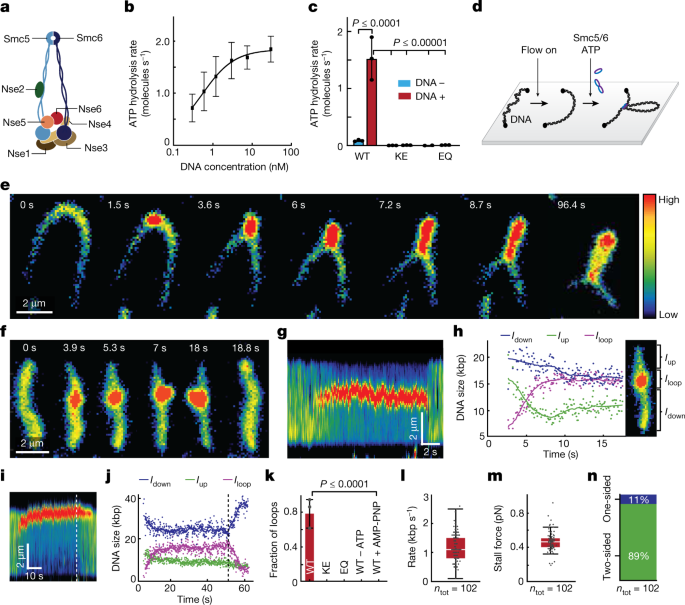2023-04-18 カーディフ大学
英国全土でのロックダウンは、交通量が減少したことで野生生物の観察に独特の機会を提供し、道路上での死亡率が高いイギリスの代表的な動物であるアナグマやキジなどの特性や特徴を明らかにしました。
カーディフ大学のThe Road Labの研究者は、道路上で最も頻繁に衝突する野生動物の19種類を評価し、2つの主要なロックダウン期間中の道路死亡率に変化が見られるかどうかを調査しました。
この研究により、交通量が減少したことにより、通常よりも交通事故のリスクが高い種を特定することができ、より重点的な保護策を見出すことができるとされています。この研究は、Journal of Animal Ecologyに掲載されました。
<関連情報>
- https://www.cardiff.ac.uk/news/view/2715856-what-lockdown-taught-us-about-roadkill
- https://besjournals.onlinelibrary.wiley.com/doi/full/10.1111/1365-2656.13913
英国におけるCOVID-19ロックダウンが野生動物と車の衝突事故に与える影響について The impact of the COVID-19 lockdowns on wildlife–vehicle collisions in the UK
Sarah Raymond, Matthew Spencer, Elizabeth A. Chadwick, Joah R. Madden, Sarah E. Perkins
Journal of Animal Ecology Published: 18 April 2023
DOI:https://doi.org/10.1111/1365-2656.13913

Abstract
- Wildlife–vehicle collisions (WVCs) cause millions of vertebrate mortalities globally, threatening population viability and influencing wildlife behaviour and survival. Traffic volume and speed can influence wildlife mortality on roads, but roadkill risk is species specific and depends on ecological traits.
- The COVID-19 pandemic, and associated UK-wide lockdowns, offered a unique opportunity to investigate how reducing traffic volume alters WVC. These periods of reduced human mobility have been coined the ‘anthropause’.
- We used the anthropause to identify which ecological traits may render species vulnerable to WVC. We did this by comparing the relative change in WVC of species with differing traits before and during the anthropause.
- We used Generalised Additive Model predictions to assess which of the 19 species most frequently observed as WVC in the UK exhibited changes in road mortality during two lockdown periods, March–May 2020 and December 2020–March 2021, relative to the same time periods in previous years (2014–2019). Compositional data analysis was used to identify ecological traits associated with changes in the relative number of observations during lockdown periods compared to previous years.
- WVC were, across all species, 80% lower during the anthropause than predicted. Compositional data analysis revealed proportionally fewer reports of nocturnal mammals, urban visitors, mammals with greater brain mass and birds with a longer flight initiation distance. Species that have several of these traits, and correspondingly significantly lower than predicted WVC during lockdowns, included badgers Meles meles, foxes Vulpes vulpes, and pheasants, Phasianus colchicus; we posit they stand to benefit most from reduced traffic, and, of the species studied here, have highest mortality under ‘normal’ traffic levels.
- This study identifies traits and species that may have experienced a temporary reprieve during the anthropause, and highlights the impacts of traffic-induced mortality on species numbers and ultimately on trait frequency in a road-dominated landscape. By taking advantage of reductions in traffic offered by the anthropause, we can understand how vehicles influence wildlife survival and behaviour and may be exerting a selective force for certain species and traits.


